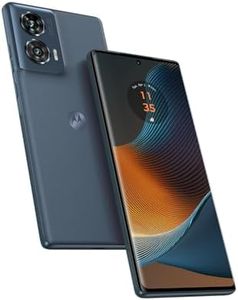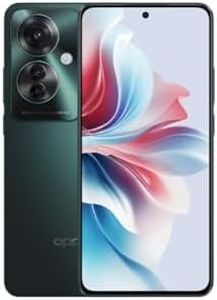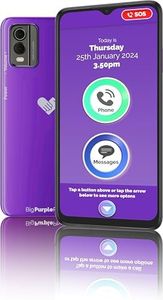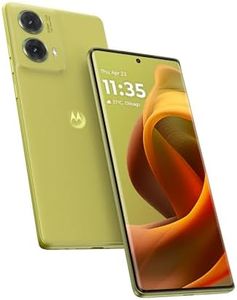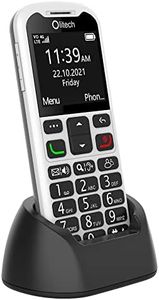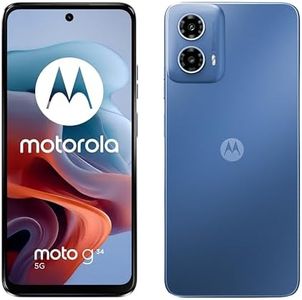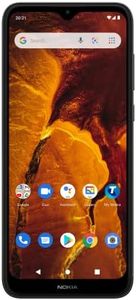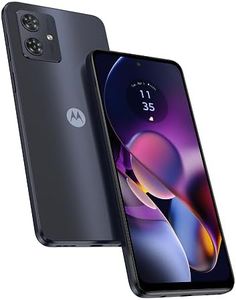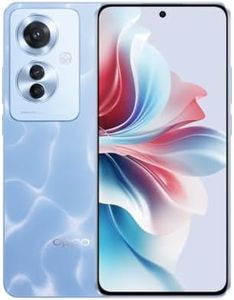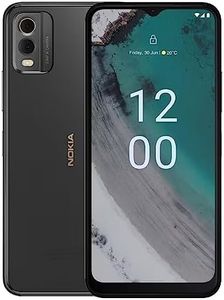We Use CookiesWe use cookies to enhance the security, performance,
functionality and for analytical and promotional activities. By continuing to browse this site you
are agreeing to our privacy policy
10 Best Smartphones For Seniors
From leading brands and best sellers available on the web.Buying Guide for the Best Smartphones For Seniors
When choosing a smartphone for seniors, it's important to focus on ease of use, comfort, and essential features rather than bells and whistles. Seniors often benefit from devices with clear displays, simple interfaces, and reliable performance. Prioritize features that make everyday use easy and enjoyable, such as user-friendly software and clear audio. Try to think about how the phone will actually be used—whether for basic calls, messaging, taking photos, health tracking, or staying connected with loved ones.Display Size and ClarityThe display is the screen of the phone, and its size is typically measured diagonally in inches. A larger screen can make it easier to see text, photos, and icons, which can be very helpful for anyone with vision challenges. Smaller displays are generally more pocket-friendly, but might make items harder to read. For seniors, a screen size between 5 and 6.5 inches often offers a good balance: it's large enough for easy viewing but still comfortable to hold. Make sure to look for screens with good brightness and sharpness so everything stays clear indoors and outdoors.
User Interface (UI) SimplicityThe user interface is what you interact with on the phone—menus, icons, and the way information is presented. A simpler UI means the phone is easier to navigate, reducing confusion and frustration. Some phones or settings offer an 'easy mode' that shows bigger icons and simplifies menus. When choosing, consider how comfortable the senior is with technology. If they are new to smartphones, look for phones that come with a simplified mode or can be customized for a straightforward home screen layout.
Physical Buttons and Accessibility OptionsSome smartphones offer physical buttons for vital functions like home, volume, or emergency assistance, which can be easier for those who struggle with touchscreens. Accessibility features such as magnification, voice commands, and hearing aid compatibility also make phones more usable for people with various needs. If dexterity or hearing is a concern, seek out phones with these accessibility features to ensure daily tasks are manageable.
Battery LifeBattery life determines how long the phone can go between charges. This is usually measured in hours or days, based on average usage. Longer battery life is particularly important for seniors who might forget to charge their devices or use them sporadically. Phones that can last a full day or more on a single charge are generally recommended to make usage stress-free.
Loud and Clear AudioGood audio ensures that calls, alerts, and media are easy to hear. Volume levels and clarity vary between phones, which is important for seniors who may have hearing difficulties. Choose a phone that offers enhanced speaker volume, clear sound, and the ability to use hearing aids or headphones if needed. Test the phone’s audio if possible to make sure it’s loud and clear enough.
Emergency FeaturesSome phones include dedicated emergency features like an SOS button or quick access to emergency contacts and medical information. These options provide peace of mind for both the user and their family. If safety is a priority, look for phones that make it easy to call for help or display medical information quickly.
